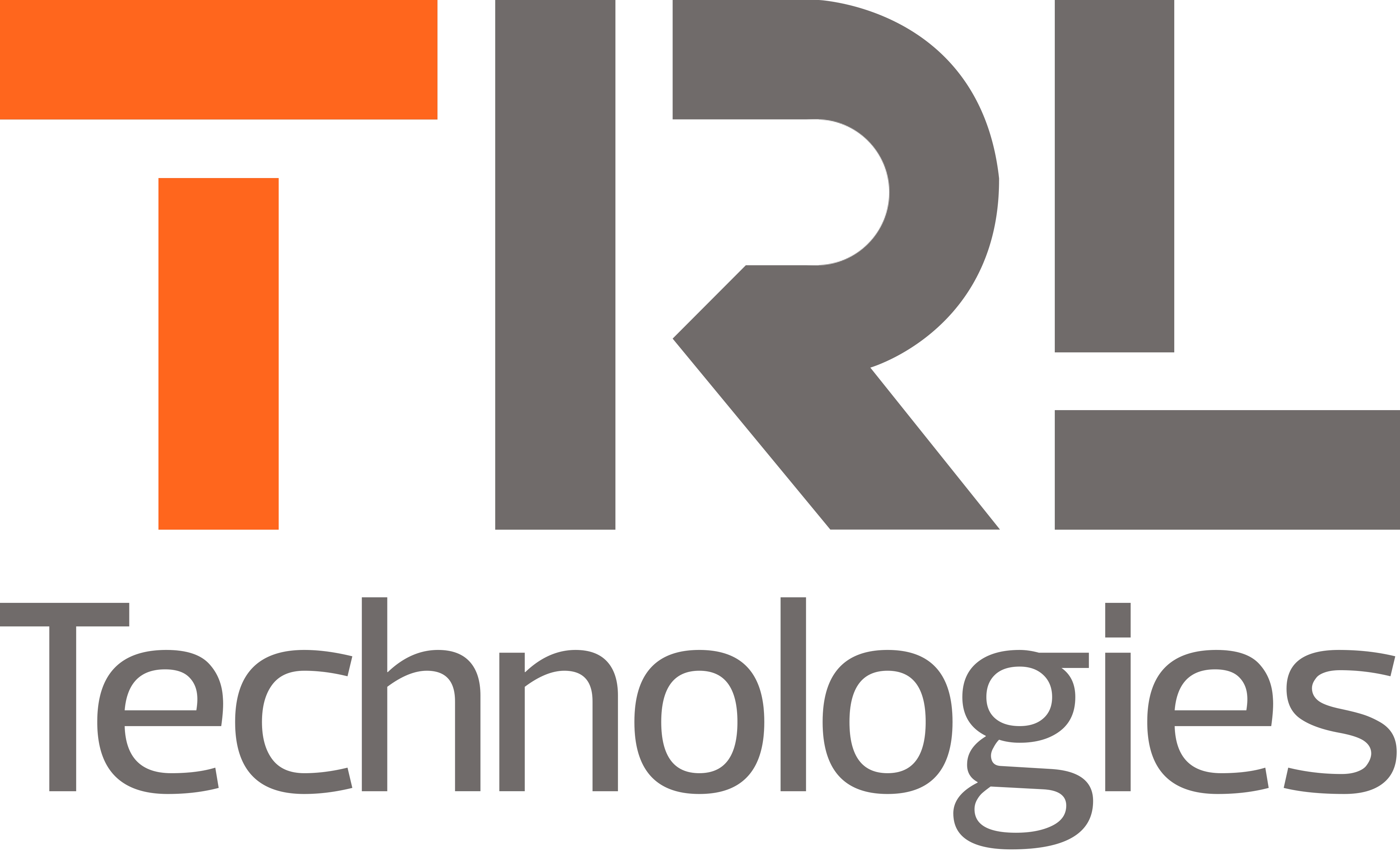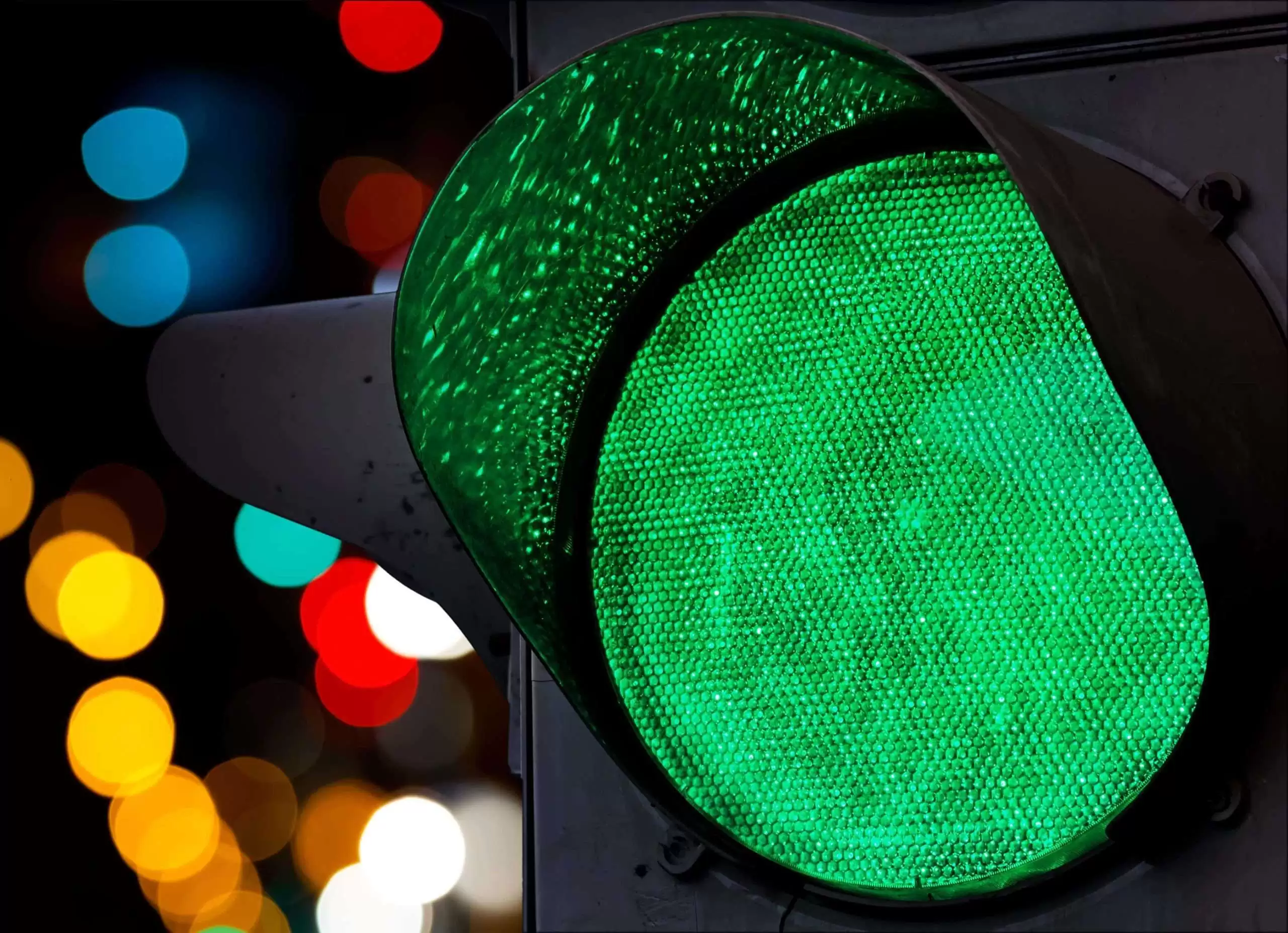India’s roads are the worst in the world when it comes to serious accidents. Around 150,000 people are killed on the country’s streets every year, which works out at more than 400 deaths a day – or 17 an hour.
—
The scale of the challenge facing India when it comes to road safety is hard to overestimate. Despite owning just two percent of the world’s motor vehicles, the country suffers nearly 12% of global road fatalities, and some 450,000 accidents are reported on India’s roads every year.
Thankfully, national and local government bodies have started to take the issue seriously. In 2019, India’s parliament approved an amendment to the country’s Motor Vehicles Act which, among other things, increased the size of fines and prison sentences for reckless drivers, and introduced more stringent rules in regard to motor insurance and the condition of vehicles.
Several Indian states are also actively seeking to minimise the loss of life on their roads, including the northern mountain state of Himachal Pradesh which, despite its relatively small population, has one of the country’s worst road death rates at nearly 16 people per 100,000 of its population (compared to a national average of 11.5).
That is where TRL Technologies comes in.
In 2016, the government of Himachal Pradesh approached TRL Technologies after hearing about iMAAP, the world-leading crash data analysis system, which uses the latest data collection and evaluation techniques to not only learn about past accidents but also to spot patterns that can help to predict and prevent future crashes. Supported by funding from the World Bank, the government appointed TRL Technologies to set up a project that would help the Himachal Pradesh Ministry of Transport to identify and help mitigate the most common causes of accidents across the state.
State of emergency
“We have more than 1,400 people a year dying every year in Himachal Pradesh as a result of road accidents,” says Pawan Sharma, director of projects and chief engineer for the government-owned Himachal Pradesh Road & Other Infrastructure Development Corporation Limited (HPRIDC). “That is obviously something that the government has wanted to do something about for a long time, but we simply didn’t have the technology available to link up all the crash data from all over the state nor the manpower to analyse it.”
That all started to change once Sharma and his team started working with TRL Technologies. Information that could previously only be accessed by searching through paper records – often stored in separate locations by police, health, administrative and road infrastructure departments – is now being entered into a standardised database that can be used by all the different organisations involved in making India’s roads safer. Since the start of the project, all road accidents in the state have been recorded by the police using tablet devices – allowing crash data to be collected, monitored and analysed much faster and more effectively.
“Before iMAAP came along, there was no software solution that allowed us to do everything on one easy-to-use platform and share it with all our diverse stakeholders,” Sharma says. “That ability to easily share information with so many different partners – and use it to implement evidence-based road safety interventions – was the main feature that appealed to me when we started the project.”
As part of the initial roll-out, TRL Technologies oversaw an ambitious training programme that saw nearly 2,000 state employees being shown how to use the system. The trainees included junior and assistant engineers, traffic police officials and technical staff in the lead agency for road safety at India’s Department of Transport. And once those users began to enter their crash data into the system, it didn’t take long for the first outputs to be generated.
Ease of data sharing
“Unlike in the old days when the different agencies were only keeping paper records, Himachal Pradesh now has our web-based application which allows each agency to upload the data pertaining to their particular role,” explains TRL Technologies team leader Tony Mathew.
“Previously, there was no way to get comprehensive information about a crash that happened one day earlier but 200km away. Now, all the relevant authorities can access that information as soon as it’s entered into the system. At the same time, the iMAAP software is also getting to work – using algorithms developed over years by TRL to analyse the information and produce findings that the authorities can then use to make road safety improvements.”
Even though the project is still in its early stages, the software has already generated plenty of suggestions which has in turn led to several concrete steps being taken by Sharma and his colleagues.
Identifying – and tackling – blackspots
Using the crash data inputted by the state employees, iMAAP was able to generate a map of accident ‘blackspots’ across the state, as well as spotting patterns in the data relating to possible contributory factors – such as weather conditions, road type, vehicle condition, time of day and driver behaviour.
“We have a lot of mountain roads in Himachal Pradesh, and people tend to assume that those are where the worst accidents happen,” Sharma says. “In fact, though, we learned from iMAAP that twice as many bad crashes were taking place on long, straight roads. That’s something we can now educate the general public about, as well as modifying road layouts and installing crash barriers in the places where those crashes are most likely to happen.”
Other steps have included the relocation of police and ambulance resources to be closer to the identified accident blackspots – after the iMAAP analysis showed that nearly half of all crashes in the state were taking place in just three of its 12 districts. Detailed cluster analyses were carried out at all three of these ‘pilot’ districts to identify the most vulnerable crash locations at each one. This helped to identify crash clusters at a highly localised level and to again suggest improvements based on the top three causes of accident at each location.
“There are more than 300 police stations in Himachal Pradesh, but we were able to show that 90% of the accidents were happening near to just 20% of those stations, so we suggested giving more of the cameras and alcometers to those most affected locations,” says Mathew.
A cost-effective solution
“Before we started using iMAAP, we were spending lots of money on road safety but without a scientific method to help us spend it in the most judicious way possible,” Sharma adds.
“It’s still too early to say exactly how big the improvement in road safety will be, but some of the police stations are already predicting a reduction of accidents by 25-30% and I think that’s highly achievable.”
As well as being a public health issue, and a personal tragedy for the families of those affected, India’s historically poor road safety record has long constituted a significant economic burden with road accidents estimated to cost the country USD 58 billion – or a whopping three percent of the India’s GDP – every year.
Here, too, Sharma believes – from what he has seen at the state level – that iMAAP can make a positive difference.
“The cost of setting up and running iMAAP is a fraction of what we’ve been spending in clearing up accidents and their overall effect on both lives and the state economy,” he says. “According to government estimates, one serious road crash can cost up to ten million rupees.
“Thanks to the cost-benefit analysis that is also included in the iMAAP software, we have calculated that for every rupee spent on accident prevention measures we are now saving around six rupees of public money. And, of course, that is on top of the unquantifiable benefit of all the lives that are being saved.”
To find out more about iMAAP and how it could help to prevent accidents and save lives where you are living, please contact

